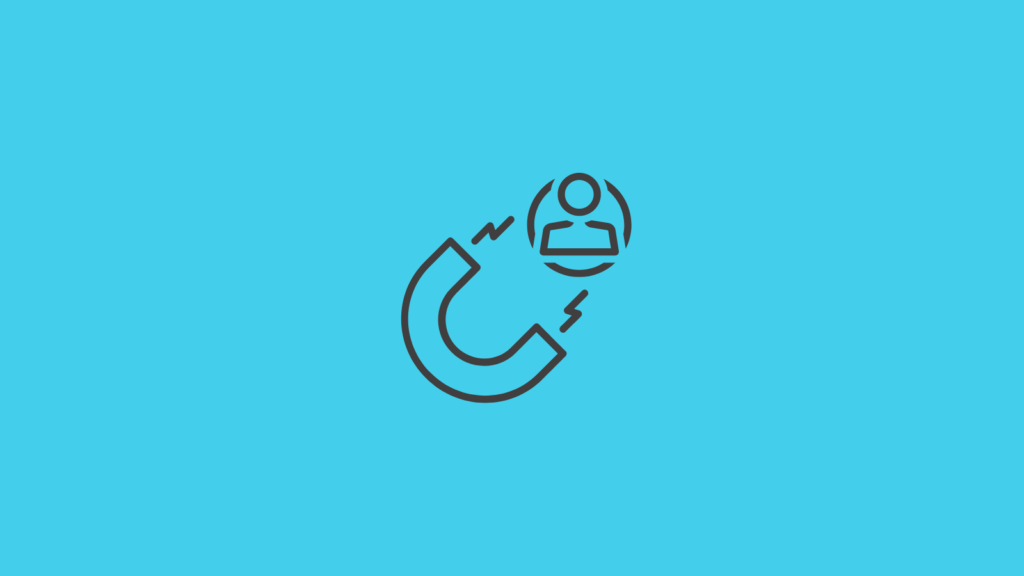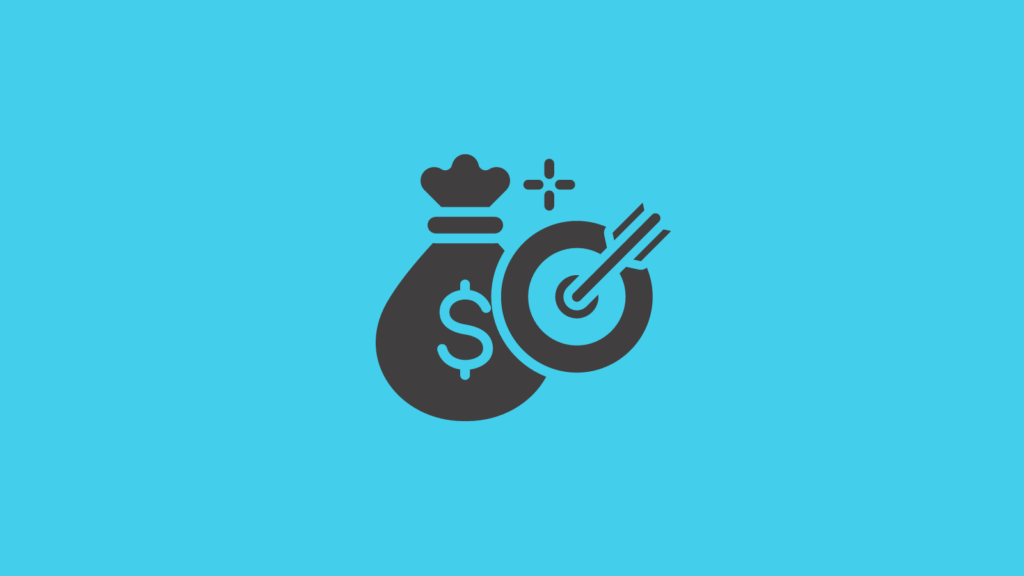Sound Over Sight? Why Audio Ads Might Be Your Secret Weapon
In the flashy world of digital marketing, visual content reigns supreme. Eye-catching graphics, dynamic videos, and interactive experiences dominate our screens, vying for our attention in a constant battle for clicks and conversions. But amidst this visual feast, a powerful marketing tool sits quietly waiting to be unleashed: audio advertising. Often overlooked, audio ads offer a unique set of benefits that can give your brand a distinct edge in today’s competitive landscape.
Chapters
- 1. Chame a atenção em ambientes movimentados:
- 2. Desperte a imaginação e a conexão emocional:
- 3. Domínio multitarefa:
- 4. Potência de acessibilidade:
- 5. Vantagem econômica:
- 6. Direcionamento de precisão:
- 7. criador Canvas:
- 8. Decisões baseadas em dados:
- 9. Integração Perfeita:
- 10. Formato à prova de futuro:
- Desbloqueando o poder do áudio:
- Perguntas frequentes
1. Capture Attention in Busy Environments:

Let’s face it, we’re bombarded with visuals everywhere we go. From billboards to social media feeds, our eyes are constantly bombarded with stimuli, leading to banner blindness and information overload. Audio, on the other hand, cuts through the clutter. While commuting, exercising, or completing chores, people often engage with audio content, creating an opportunity for your message to be heard without competing directly with the visual onslaught.
2. Spark Imagination and Emotional Connection:
Unlike visuals, which dictate what we see, audio paints a sonic landscape, triggering our imagination and fostering a deeper emotional connection. A well-crafted audio ad can transport listeners to a specific setting, evoke memories, and play on their aspirations and desires. This emotional engagement creates a more lasting impression than visuals alone, making your brand more memorable and relatable.
3. Multitasking Mastery:
Let’s be honest, how often do we truly focus on visuals while multitasking? Scrolling through social media while watching TV, checking emails during our commute – visual content often gets relegated to the background. Audio, however, thrives in these multitasking environments. Listeners can absorb your message even when engaged in other activities, making it an ideal format for reaching busy consumers on the go.
4. Accessibility Powerhouse:
Audio advertising is inherently accessible. Unlike visuals, which may require specific devices or internet access, audio ads can be heard on a wide range of devices, from traditional radios to smartphones and smart speakers. This inclusivity allows you to reach a broader audience, including those with visual impairments or limited data access.
5. Cost-Effective Advantage:

Compared to video production, audio ad creation can be significantly more cost-effective. With lower production costs and broader reach, audio ads offer a higher return on investment, making them an attractive option for businesses of all sizes.
6. Precision Targeting:
Gone are the days of mass radio blasts. Today’s audio advertising platforms offer sophisticated targeting options, allowing you to deliver your message to specific demographics, interests, and even locations. This laser-focused approach ensures your ad reaches the right audience, maximizing its impact.
7. Creative Canvas:
The world of audio is a playground for creativity. From storytelling podcasts to catchy jingles, the possibilities are endless. You can tap into humor, suspense, or heartwarming narratives to create an engaging experience that resonates with your listeners.
8. Data-Driven Decisions:
Like any effective marketing strategy, audio advertising thrives on data. Platforms provide valuable insights into listener demographics, engagement levels, and ad performance, allowing you to refine your campaigns and optimize results for maximum impact.
9. Seamless Integration:
Audio ads seamlessly integrate into various content formats, from podcasts and music streaming services to audiobooks and even video games. This strategic placement allows you to reach your target audience within the context they enjoy, creating a less intrusive and more natural advertising experience.
10. Future-Proof Format:
The future of audio is bright. With the rise of smart speakers and voice assistants, audio consumption is on the rise. By embracing audio advertising now, you’re positioning your brand for success in the evolving media landscape.
Unlocking the Power of Audio:
In a world saturated with visuals, audio advertising stands out as a powerful and often-overlooked weapon in your marketing arsenal. By leveraging its unique benefits, you can capture attention, forge emotional connections, and reach your target audience effectively, while maximizing your return on investment. So, are you ready to turn up the volume on your marketing strategy and unlock the power of audio ads? The stage is yours – start creating your sonic masterpiece today!
FAQ
What are audio ads?
Audio ads are advertisements delivered in audio format, typically played during breaks in audio content such as podcasts, digital radio, and streaming music services. They can be voiced by humans or synthesized using text-to-speech technology.
Why are audio ads effective?
Audio ads are effective because they engage listeners through sound, a highly impactful sense that can evoke emotions and memories. They reach audiences who may be multitasking and not reachable through visual media channels.
What platforms support audio ads?
Popular platforms for audio ads include Spotify, Pandora, Apple Music, Google Play Music, SoundCloud, and podcast networks. Each platform offers different targeting options and user demographics.
How are audio ads targeted to specific audiences?
Audio ads can be targeted based on listener demographics, geographical location, listening behaviors, and music or podcast preferences. This precision helps advertisers reach their desired audience effectively.
What is the typical length of an audio ad?
Audio ads typically range from 15 to 30 seconds. The length may vary depending on the platform and the context in which the ad is placed.
Can audio ads be personalized for individual listeners?
Yes, with advancements in ad technology and data analytics, audio ads can be dynamically personalized to address listeners by name, suggest products based on previous interactions, or even recommend local services.
What formats do audio ads come in?
Audio ads come in various formats including live reads by hosts (common in podcasts), pre-recorded spots, and interactive audio ads that listeners can respond to using voice commands on smart devices.
How do you measure the effectiveness of audio ads?
Effectiveness is measured by metrics such as ad recall, listener engagement, traffic to a website, conversions from ad prompts, and overall reach. Platforms often provide analytics tools to track these metrics.
What makes a successful audio ad?
Successful audio ads are clear, concise, engaging, and include a strong call-to-action. They should be well-scripted to convey the message effectively within the limited time frame.
What challenges are associated with audio ads?
Challenges include creating content that stands out in a purely audio medium, measuring direct response and conversions, and managing varying audio standards across different platforms.
How do you create an audio ad?
To create an audio ad, start with a clear script, hire voice talent or use synthetic voices, add background music or sound effects if needed, and ensure the ad meets the technical specifications of the chosen platform.
Are audio ads suitable for all types of businesses?
Audio ads can be suitable for a wide range of businesses, especially those that want to increase brand awareness or promote products to audiences who frequently consume audio content.
How cost-effective are audio ads?
Audio ads can be very cost-effective, especially on platforms where you can directly target your desired audience, minimizing waste and maximizing impact.
What are interactive audio ads?
Interactive audio ads allow listeners to engage with the ad using their voice on enabled devices. These ads can prompt listeners to learn more about a product, place an order, or receive personalized information.
How can small businesses benefit from audio ads?
Small businesses can benefit from audio ads by reaching a broader audience at a relatively low cost, especially on local or niche audio platforms that cater to specific listener demographics.
What trends are shaping the future of audio advertising?
Emerging trends include the integration of AI for better personalization, the rise of voice-activated advertising, and increased use of programmatic audio buying to automate ad placements.
Can audio ads be skipped by listeners?
On some platforms, audio ads can be skipped, especially if the listener is using a premium service. However, on many platforms, audio ads are non-skippable, ensuring that your message reaches the audience.
What legal considerations should be taken into account with audio ads?
Legal considerations include copyright laws related to music and voiceovers, ensuring truth in advertising, and complying with privacy regulations when collecting listener data.
How do audio ads fit into a broader marketing strategy?
Audio ads should be integrated with a broader marketing strategy to reinforce messages across multiple channels, improving overall campaign effectiveness and brand recall.
What are the best practices for A/B testing audio ads?
Best practices include testing different versions of your ad with variations in voice, tone, messaging, and calls-to-action to determine which elements resonate best with your target audience.
Create more and better content
Check out the following resources and Grow!